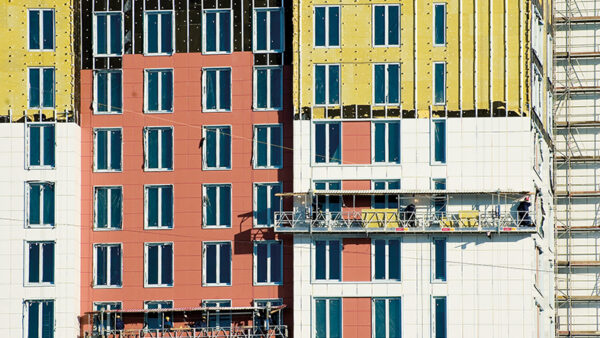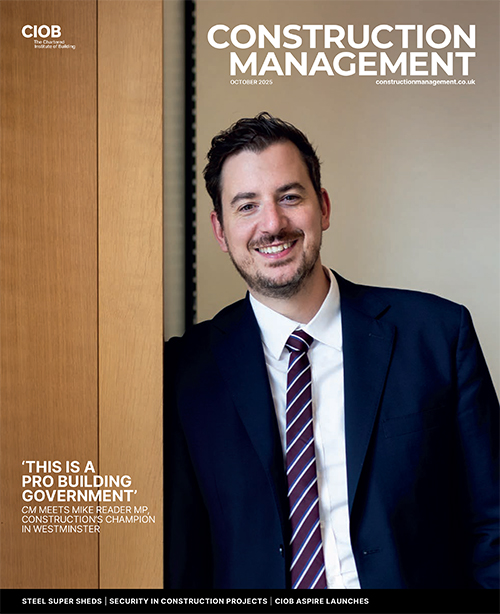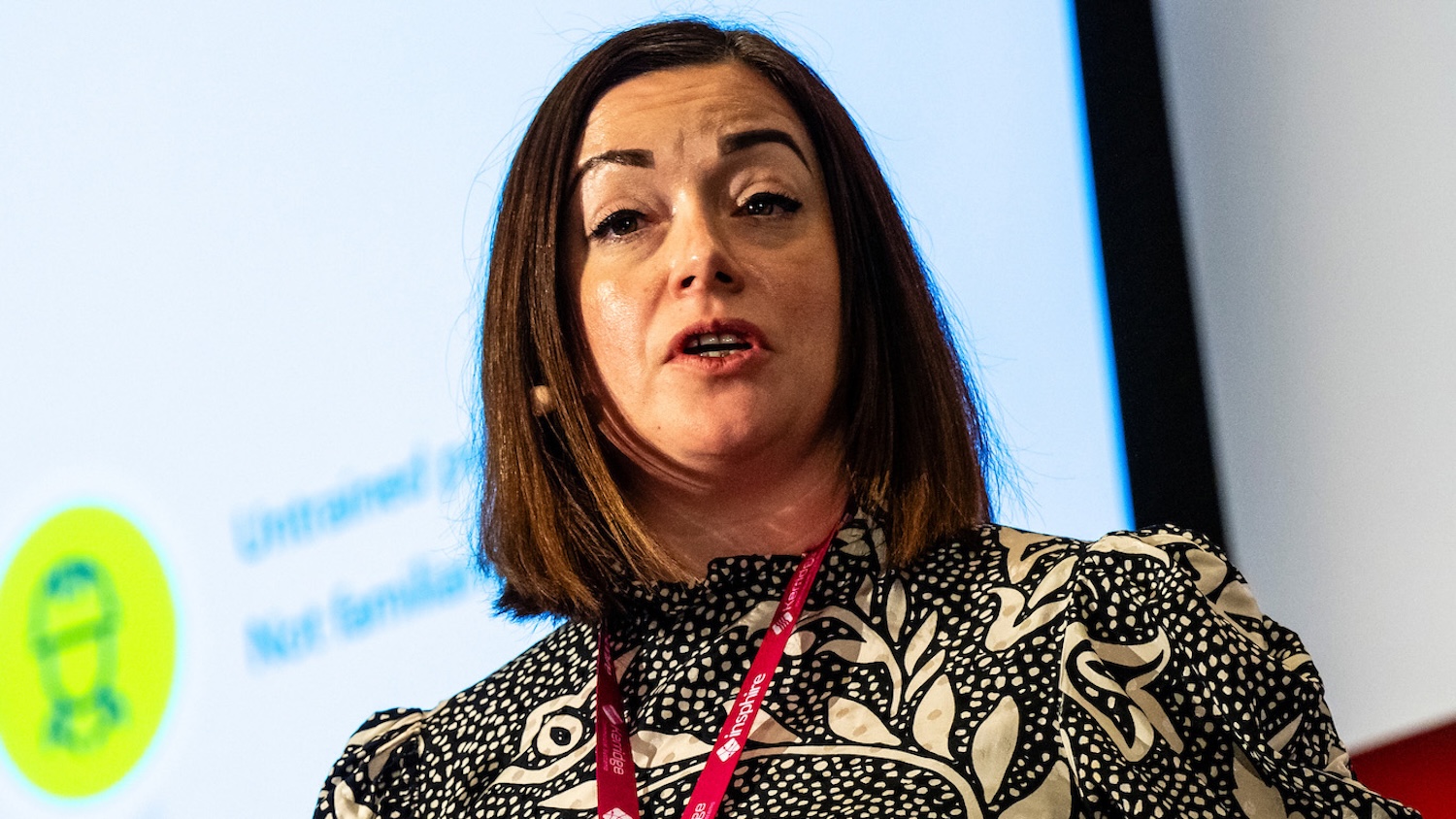With the withdrawal of the zero carbon homes target and Green Deal support coinciding with a shake-up in government’s relations with the industry, Willmott Dixon’s Rob Lambe, a member of the Green Construction Board, looks at where we now stand.

Rob Lambe
Much has happened in a short period with the withdrawal of a number of policies and elements of regulations that were driving towards improved energy efficiency in buildings.
The most surprising shift was the decision not to continue with zero carbon homes and allowable solutions: the logic is still quite difficult to understand given the amount of time the policy has been in place (it was first proposed by Gordon Brown and Yvette Cooper in 2006) and the effort that has gone into developing the policy details and the technical solutions.
Given that we were so close to its introduction, and I’m not aware of any lobbying calling for it to be scrapped, the decision is baffling, and does nothing for the industry’s confidence in government policy-making. It’s a similar situation to the sudden cuts in Feed-in Tariffs a few years ago, and the changes to the ECO programme in the Autumn Statement 2013. There’s not even any evidence that scrapping the policy will increase the level of housebuilding in the coming years.
In terms of our business, a lot of the investment we have made in working up technical solutions will now be wasted. Additionally, we were looking at the possibilities raised by allowable solutions as a means of investing in retrofit energy efficiency projects.
To meet the proposed zero carbon standard it was recognised that you might need to invest in carbon reduction measures in a different location. So we were excited by the opportunity to invest in retrofit projects in the local community – supporting the activity of our Energy Services business – that now simply won’t be there.
Because unfortunately I don’t think that developers and clients will demand anything that goes beyond compliance with the current regulations. Apart from the few exceptions, developers and clients will only look for compliance (with Part L 2013), and compliance isn’t a great place to be.
The only positive aspect of the recent changes in policy is that it arguably gives us a blank page from which to start again, it’s a case of taking a good hard look at how we can move forward. The energy efficiency of domestic housing stock has to be addressed, and the issues of fuel poverty and carbon emissions can’t be ignored. (The government has pledged to bring forward new ideas in this year’s Autumn Statement).
But I think the announcement on the Construction Leadership Council was positive: we now have an ongoing commitment from government to keep it in place, and a positive change in the reform of how it’s structured. Previously, the Council had too many people round the table to be effective, and there was a lack of clarity on responsibility for driving action on any particular matter. With the slimmed-down CLC, it’s now clearer to see how the key issues of the Construction 2015 industrial strategy will be addressed and the changes make it clearer where the Green Construction Board sits in the overall structure.
With the continuity of Mike Putnam (Skanska chief executive and GCB co-chair) leading on sustainability there’s every reason to think that we have the channels in place for industry to engage with government, and a route to allow conversations to happen.
Rob Lambe is managing director of Willmott Dixon Energy Services










